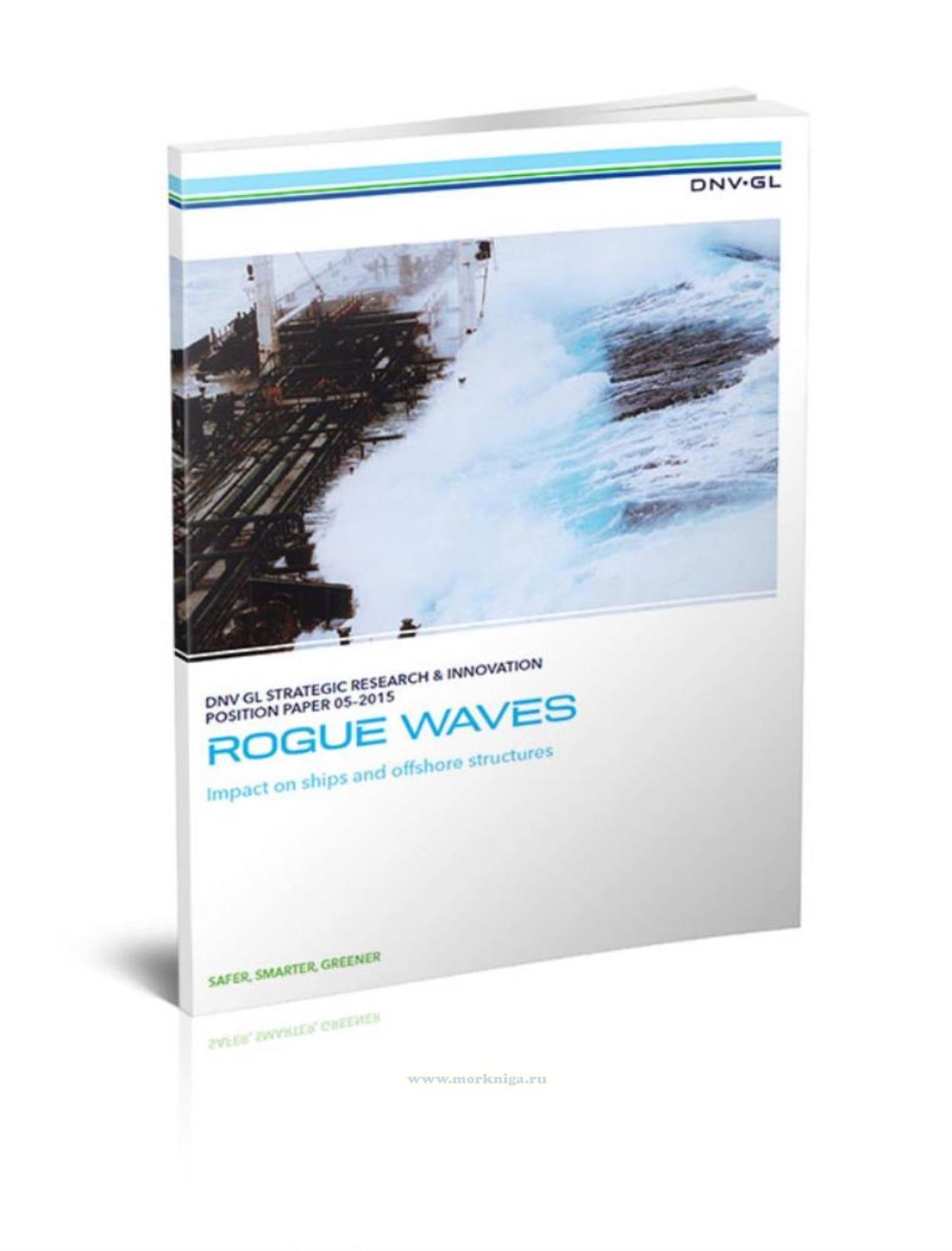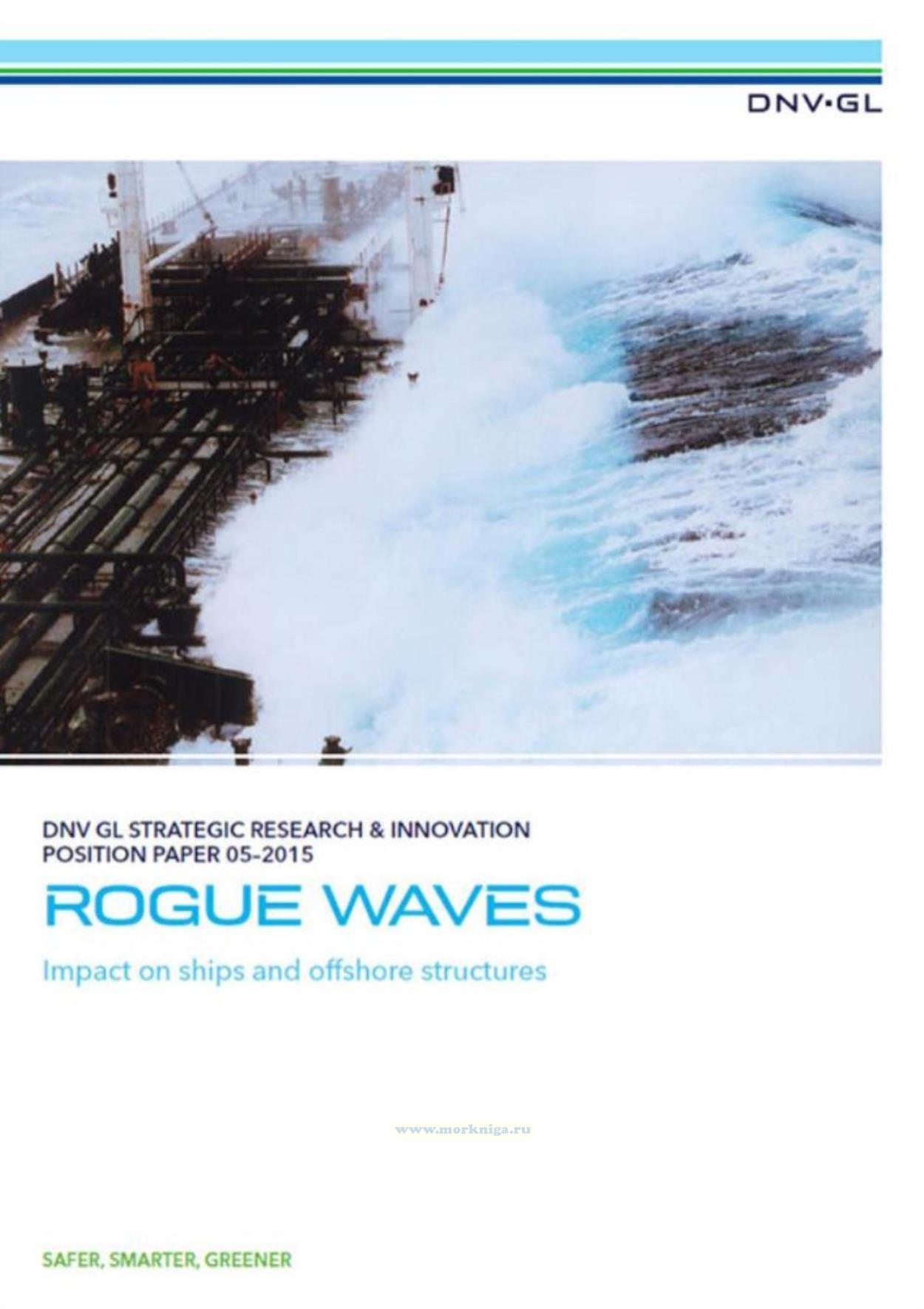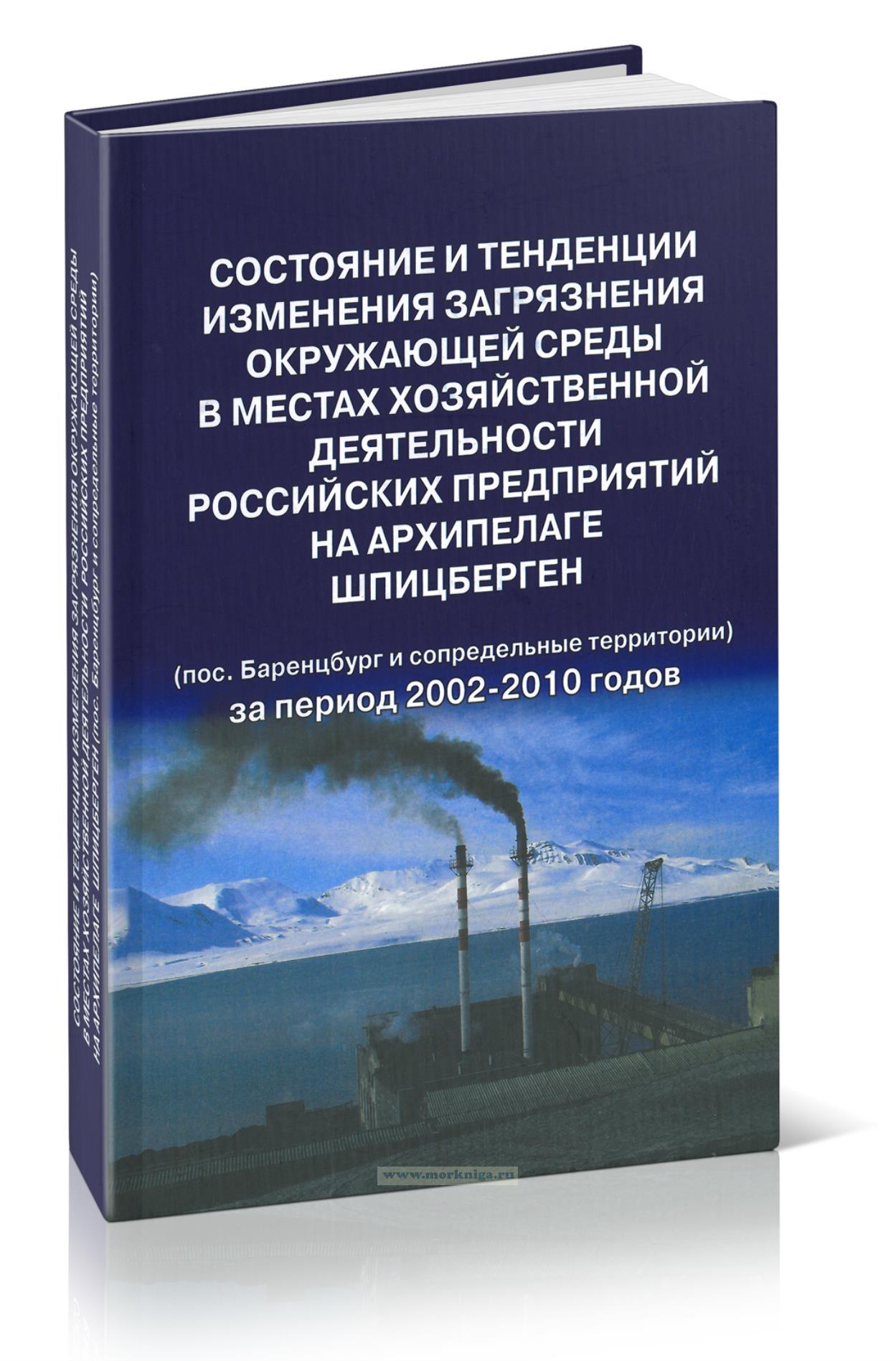Rogue waves. Impact on ships and offshore structures/Волны-убийцы. Воздействие на корабли и морские сооружения
Издание на английском языке
Rogue waves have attracted considerable attention in academia, the shipping and offshore industries, and the media during the past two decades.
These waves – also called freak, abnormal, or giant waves – are very steep and much larger than the surrounding waves. Several accidents involving ships and offshore structures have been reported due to such waves, and yet, as of today, rogue waves are not explicitly included in classification society rules and offshore standards. The occurrence of rogue waves presents the shipping and offshore industry with two important questions: should these waves be accounted for in design? If so, how best to account for them?
This position paper summarizes our latest knowledge on rogue waves and their impacts on marine structures in general and ships in particular.
We also focus on research projects in which DNV GL has participated and that relate to rogue waves and their impacts on marine structures. We hope that this summary, together with our own insights, provides further understanding on the rogue wave phenomenon.
We also discuss how the state-of-the–art knowledge on rogue waves can be utilized to improve current design, as well as the planning and execution of marine operations. Finally, we propose future research activities that are needed to support the possible inclusion of rogue wave effects in ship and offshore structure design and operational procedures. The need for satisfactory warning criteria for rogue waves is emphasized.
The significance of severe sea state conditions may grow in some ocean regions in the future due to global warming. Therefore, taking rogue waves into account in the design and operation of marine structures may become an important part of adaptation to climate change.
Contents
Executive summary
Introduction
DNV GL activities on rogue waves
EC MaxWave project
EC Network SEAMOCS
EC EXTREME SEAS project
JIP CresT/ShortCresT
Theoretical background
Linear description of waves
Second-order description of waves
Higher order description of waves
Definition of rogue waves
Field observations of rogue waves
Generation mechanisms of rogue waves
Spatial focusing
Temporal focusing
Nonlinear focusing
Numerical and theoretical investigation of rogue waves
Shape of the wave spectrum and occurrence of rogue waves
Crossing sea states
Shallow water effects
Wave-current interactions
Experimental investigations of rogue waves
Statistical and spectral description of waves
Probability of occurrence of rogue waves
Warning criteria for extreme and rogue waves
Impact of rogue waves on loads and responses
Current design practice and Marine Operations
Conclusions and recommendations
References


 Адаптивные системы для исследования океана
Адаптивные системы для исследования океана  Состояние и тенденции изменения загрязнения окружающей среды в местах хозяйственной деятельности российских предприятий на архипелаг
Состояние и тенденции изменения загрязнения окружающей среды в местах хозяйственной деятельности российских предприятий на архипелаг